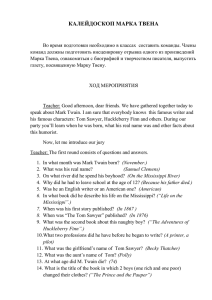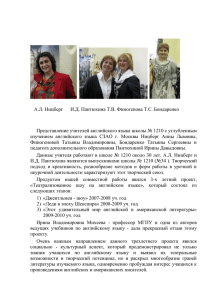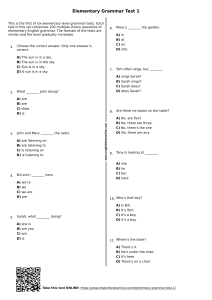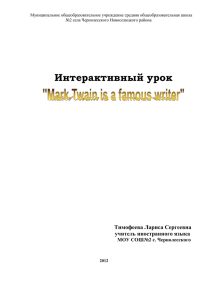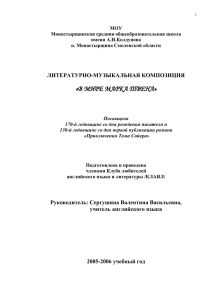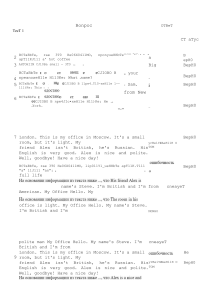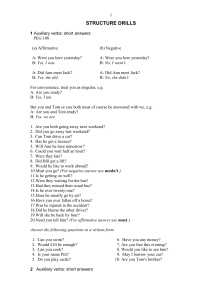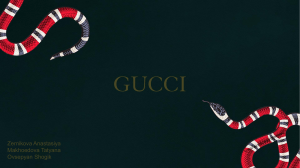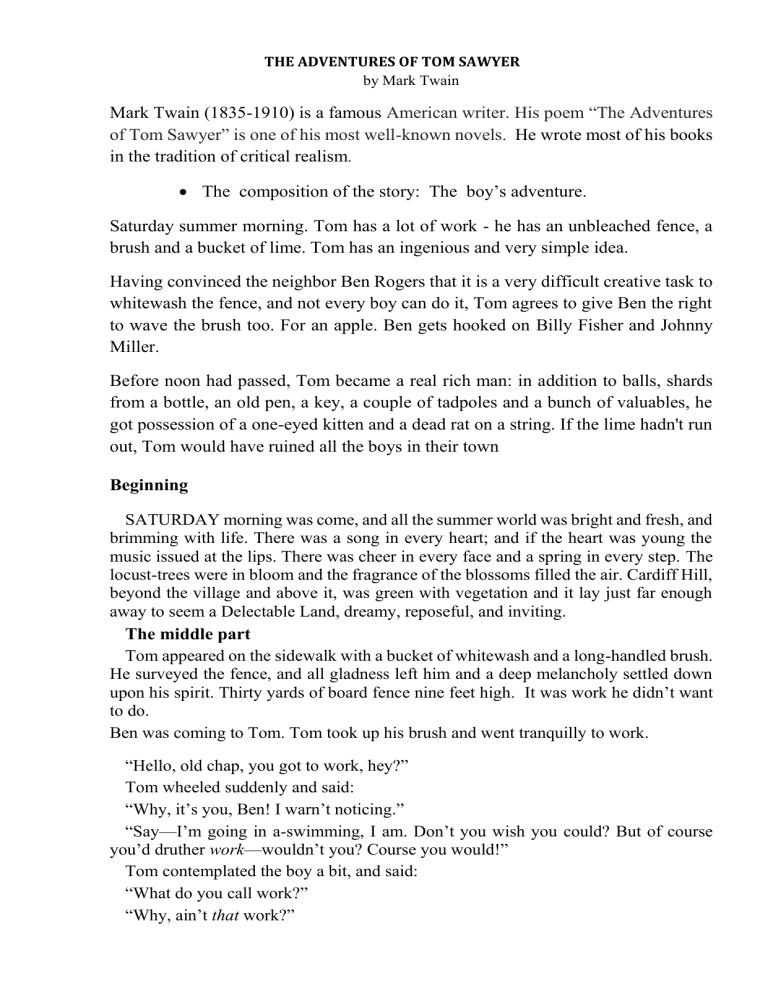
THE ADVENTURES OF TOM SAWYER by Mark Twain Mark Twain (1835-1910) is a famous American writer. His poem “The Adventures of Tom Sawyer” is one of his most well-known novels. He wrote most of his books in the tradition of critical realism. The composition of the story: The boy’s adventure. Saturday summer morning. Tom has a lot of work - he has an unbleached fence, a brush and a bucket of lime. Tom has an ingenious and very simple idea. Having convinced the neighbor Ben Rogers that it is a very difficult creative task to whitewash the fence, and not every boy can do it, Tom agrees to give Ben the right to wave the brush too. For an apple. Ben gets hooked on Billy Fisher and Johnny Miller. Before noon had passed, Tom became a real rich man: in addition to balls, shards from a bottle, an old pen, a key, a couple of tadpoles and a bunch of valuables, he got possession of a one-eyed kitten and a dead rat on a string. If the lime hadn't run out, Tom would have ruined all the boys in their town Beginning SATURDAY morning was come, and all the summer world was bright and fresh, and brimming with life. There was a song in every heart; and if the heart was young the music issued at the lips. There was cheer in every face and a spring in every step. The locust-trees were in bloom and the fragrance of the blossoms filled the air. Cardiff Hill, beyond the village and above it, was green with vegetation and it lay just far enough away to seem a Delectable Land, dreamy, reposeful, and inviting. The middle part Tom appeared on the sidewalk with a bucket of whitewash and a long-handled brush. He surveyed the fence, and all gladness left him and a deep melancholy settled down upon his spirit. Thirty yards of board fence nine feet high. It was work he didn’t want to do. Ben was coming to Tom. Tom took up his brush and went tranquilly to work. “Hello, old chap, you got to work, hey?” Tom wheeled suddenly and said: “Why, it’s you, Ben! I warn’t noticing.” “Say—I’m going in a-swimming, I am. Don’t you wish you could? But of course you’d druther work—wouldn’t you? Course you would!” Tom contemplated the boy a bit, and said: “What do you call work?” “Why, ain’t that work?” Tom resumed his whitewashing, and answered carelessly: “Well, maybe it is, and maybe it ain’t. All I know, is, it suits Tom Sawyer.” “Oh come, now, you don’t mean to let on that you like it?” The brush continued to move. “Like it? Well, I don’t see why I oughtn’t to like it. Does a boy get a chance to whitewash a fence every day?” That put the thing in a new light. Ben stopped nibbling his apple. Tom swept his brush daintily back and forth—stepped back to note the effect—added a touch here and there—criticised the effect again—Ben watching every move and getting more and more interested, more and more absorbed. Presently he said: “Say, Tom, let me whitewash a little.” The end At the end of that day, a dozen boys painted the fence for him while he played to his heart’s desire. They even paid him in kind for the privilege. Idea of a poem. The author shows the childhood of a mischievous boy, how he skillfully turns things into games. In the course of the development of the plot, you can see that the boy turns into a teenager who clearly understands how to act in different situations. What types of syntactical expressive means and stylistic devices are used in the sentences given below? It seems queer to be writing letters to somebody you don't know. Inversion 2) It seems queer for me to be writing letters at all. (Webster) Inversion 3) No sign yet of Master Jervie. (Webster) Inversion 4) I'll promise never to be horrid again, because now I know you're a real person; also I'll promise never to bother you with any more questions. (Webster) Anaphora 5) And the people? And the shops? (Webster) Ellipsis 6) Women are not made for attack. Wait they must. Detached construction

